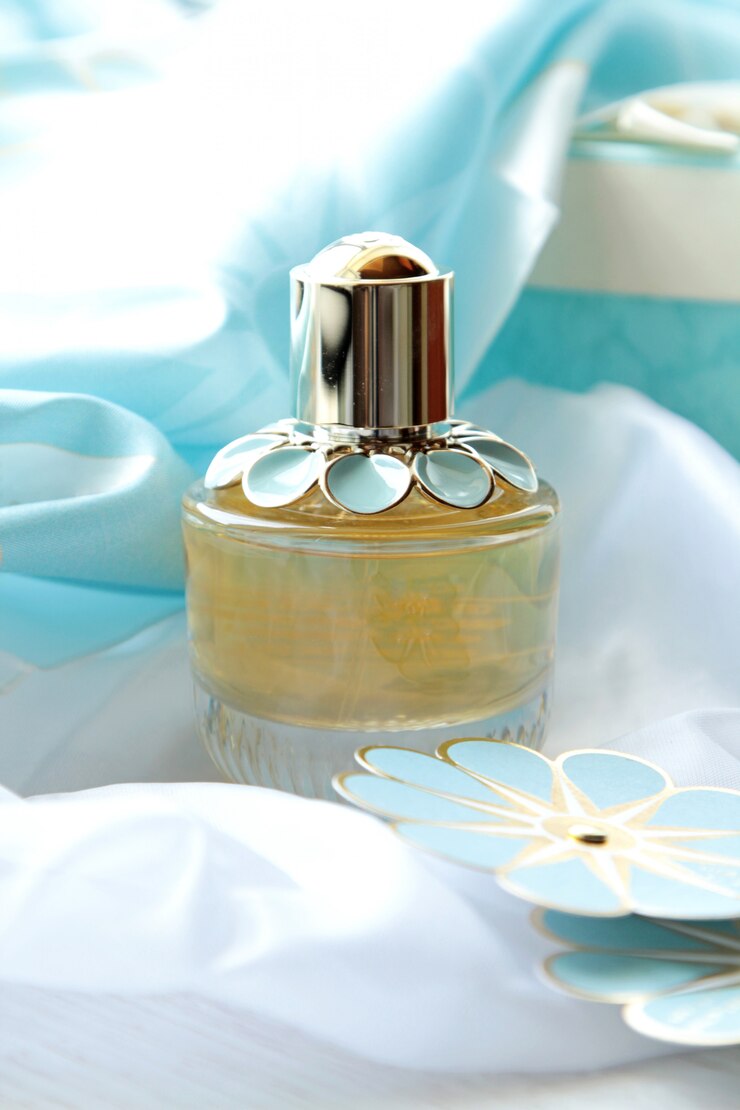The world of perfumery is rich and nuanced, with a language all its own. When shopping for fragrances, you may encounter terms like ‘Eau de Parfum,’ ‘Eau de Toilette,’ and ‘Notes.’ Deciphering this fragrance jargon is key to finding the perfect scent that suits your preferences. Let’s unravel the mystery behind these terms and gain a deeper understanding of the language of perfumery.
- Concentration of Fragrance:
- Eau de Parfum (EDP):
Definition: Eau de Parfum is a perfume with a higher concentration of fragrance oils, typically ranging from 15% to 20%. This results in a longer-lasting scent that requires fewer applications throughout the day. Eau de Parfum is ideal for those who prefer a more potent and enduring fragrance. - Eau de Toilette (EDT):
Definition: Eau de Toilette has a lower concentration of fragrance oils, usually ranging from 5% to 15%. It offers a lighter and more refreshing scent, making it suitable for everyday wear. Eau de Toilette is a popular choice for those who prefer subtlety and may need to reapply the fragrance more frequently.
- Fragrance Composition:
- Notes:
Definition: In the world of perfumery, “notes” refer to the different scents that unfold over time. There are three types of notes—top, middle (or heart), and base. Top notes are the initial scents you smell, middle notes emerge after the top notes dissipate, and base notes provide the foundation of the fragrance. Understanding notes helps you anticipate how a perfume will evolve on your skin. - Accords:
Definition: Accords are combinations of notes that create a specific scent impression. For example, a floral accord may include notes of jasmine, rose, and lily, blending together to evoke a floral bouquet. Accords contribute to the overall character and mood of a fragrance.
- Perfume Categories:
- Oriental:
Definition: Oriental fragrances are characterized by warm and spicy notes such as vanilla, amber, and exotic spices. They often have a rich and sensual aroma, making them popular choices for evening wear. - Chypre:
Definition: Chypre fragrances typically feature citrus top notes, followed by floral and woody middle notes, and a base of oakmoss and other earthy elements. Chypre scents are known for their sophisticated and timeless appeal. - Fougère:
Definition: Fougère fragrances are often associated with a fresh and herbaceous scent profile. They commonly include notes of lavender, oakmoss, and coumarin, creating a classic and masculine aroma.
Demystifying fragrance jargon empowers you to make informed choices when exploring the world of perfumery. Whether you prefer the longevity of an Eau de Parfum, the freshness of an Eau de Toilette, or the allure of specific fragrance notes and accords, understanding these terms enhances your ability to select a scent that resonates with your personal style and preferences. Happy scent hunting!








